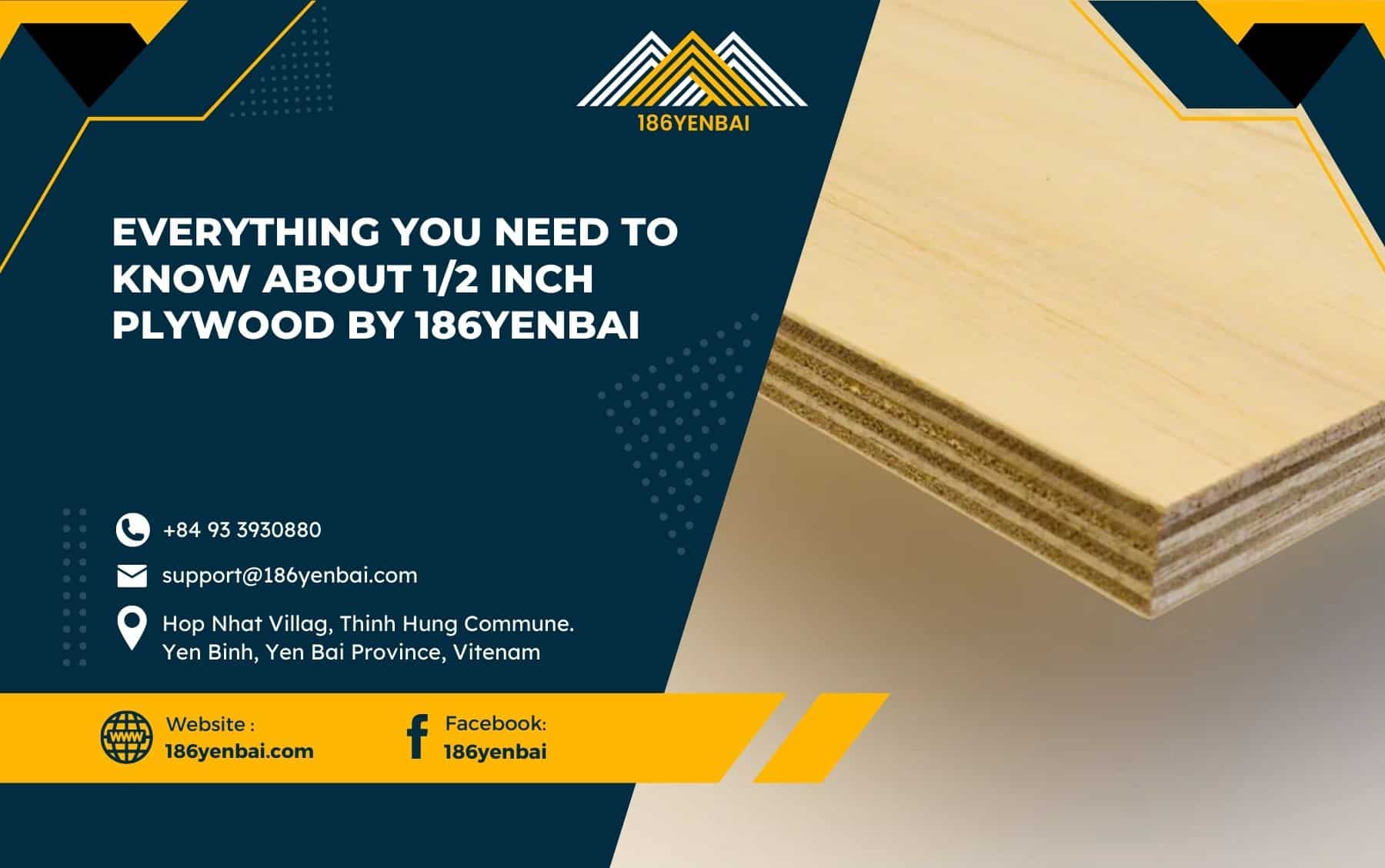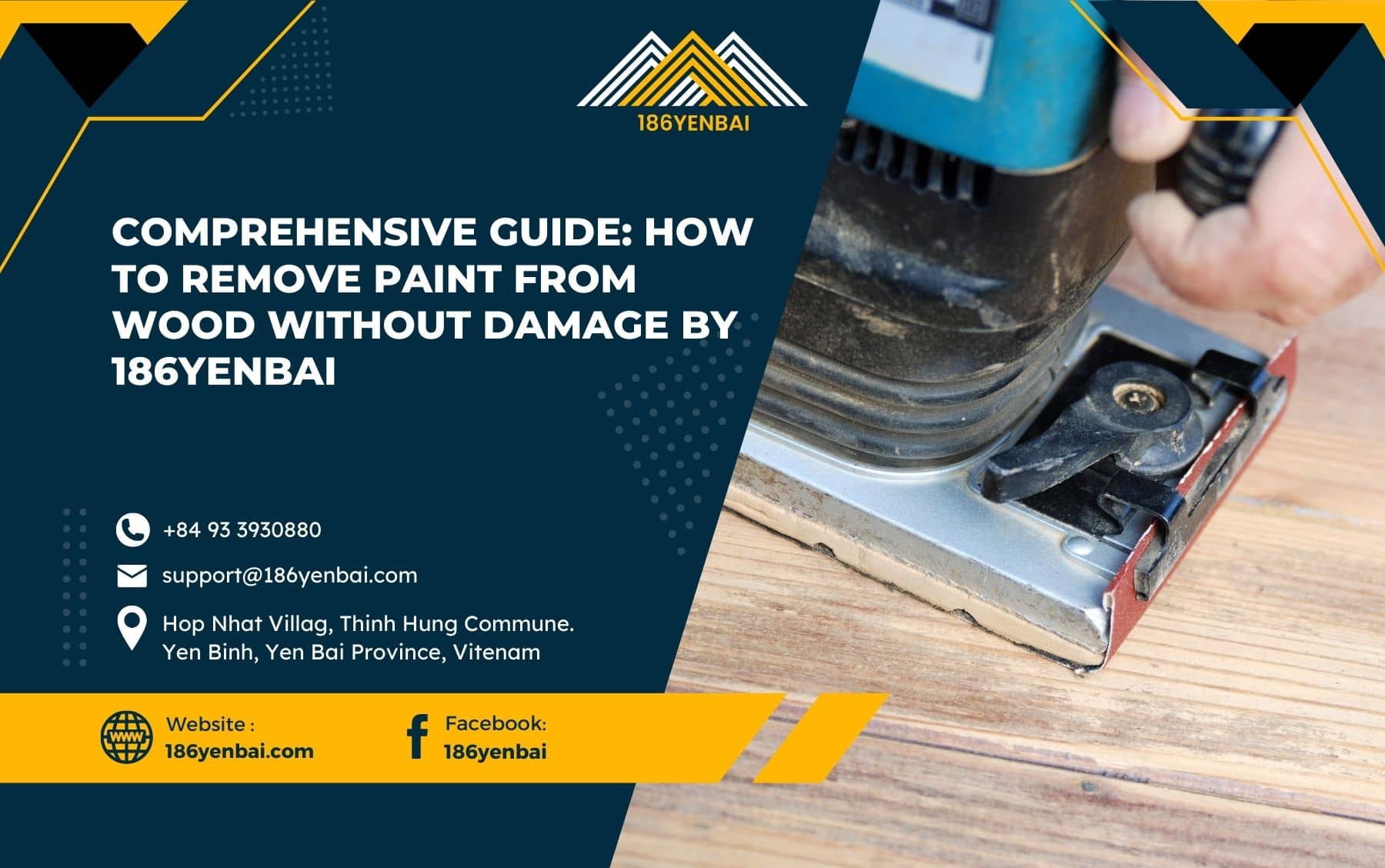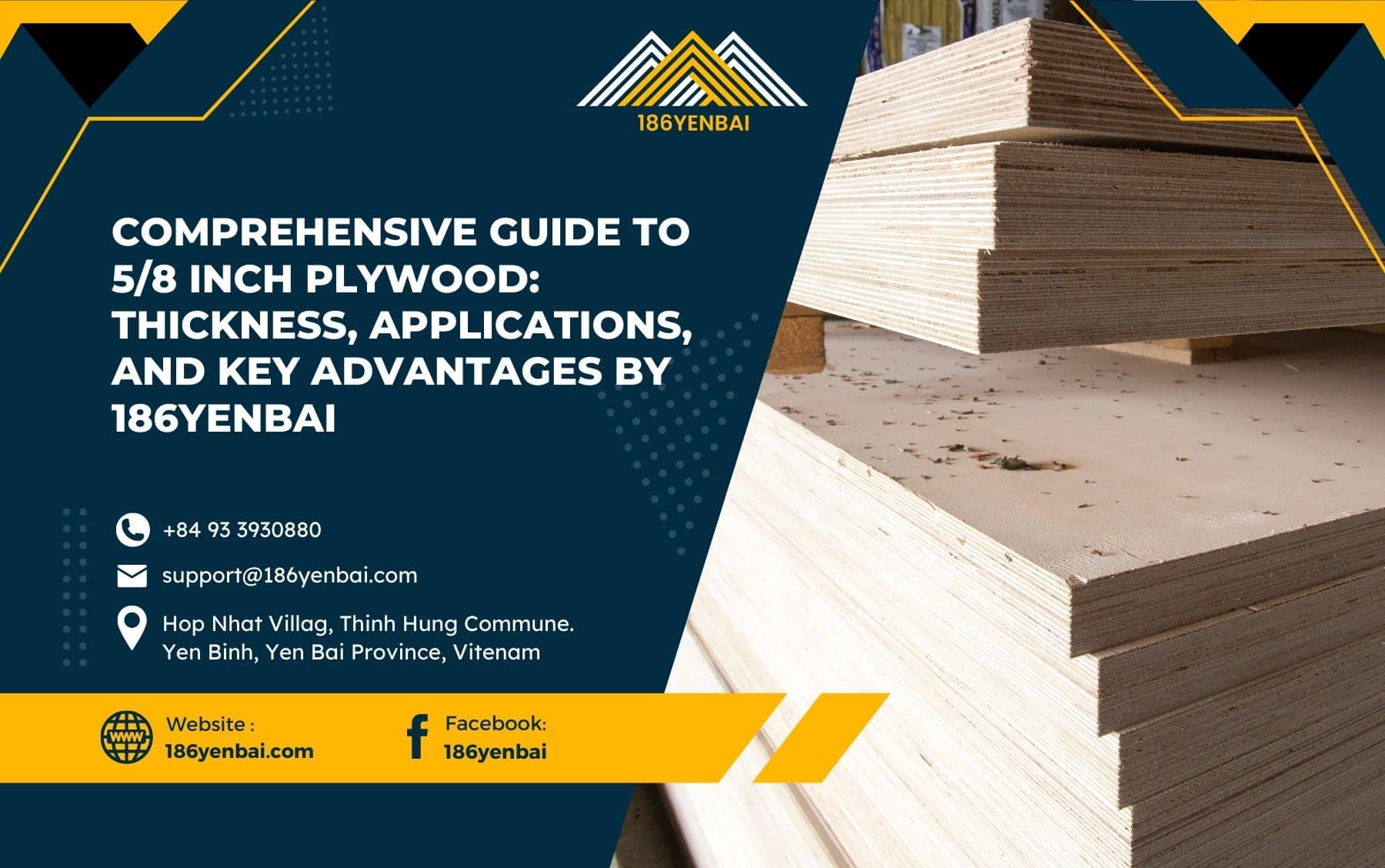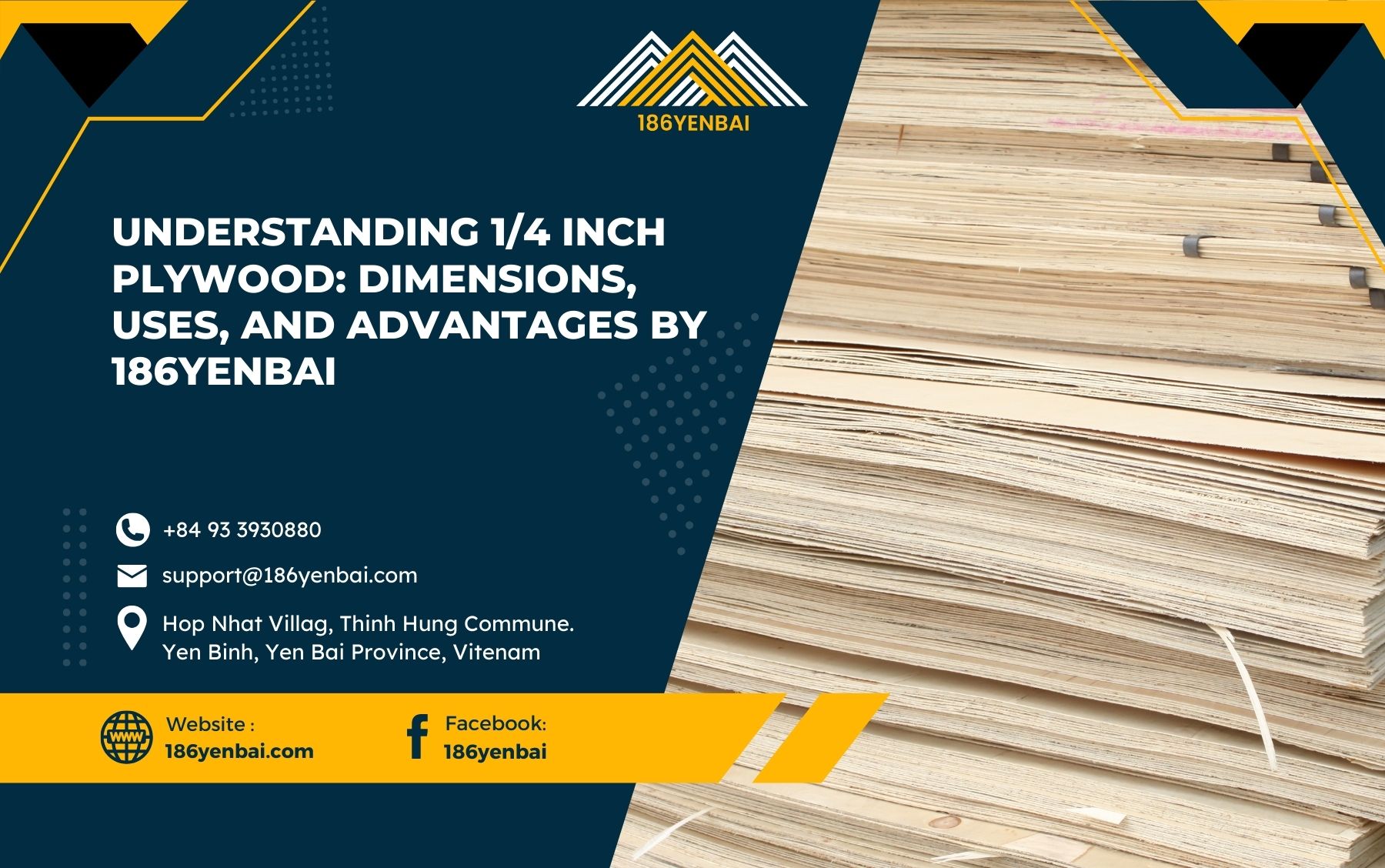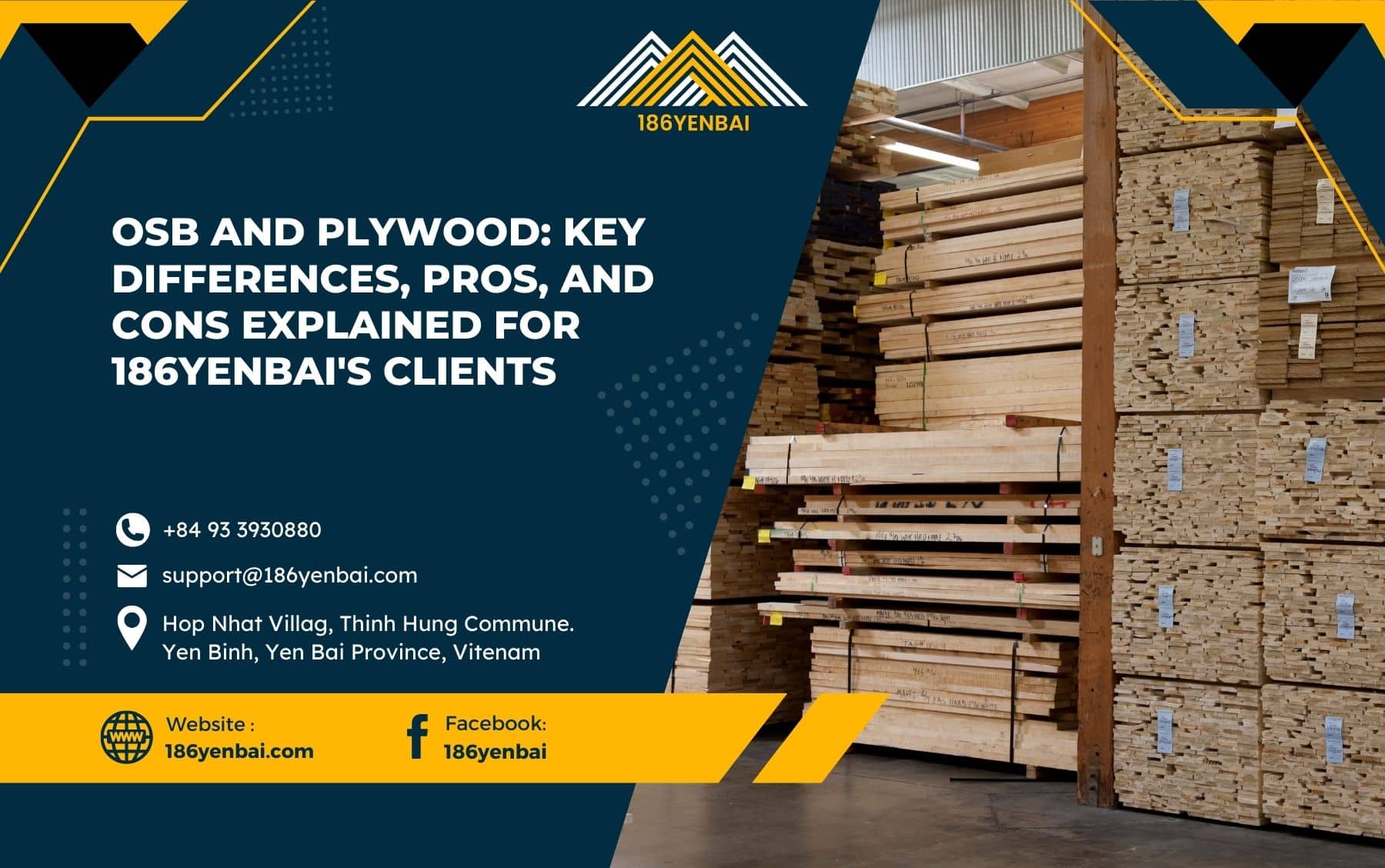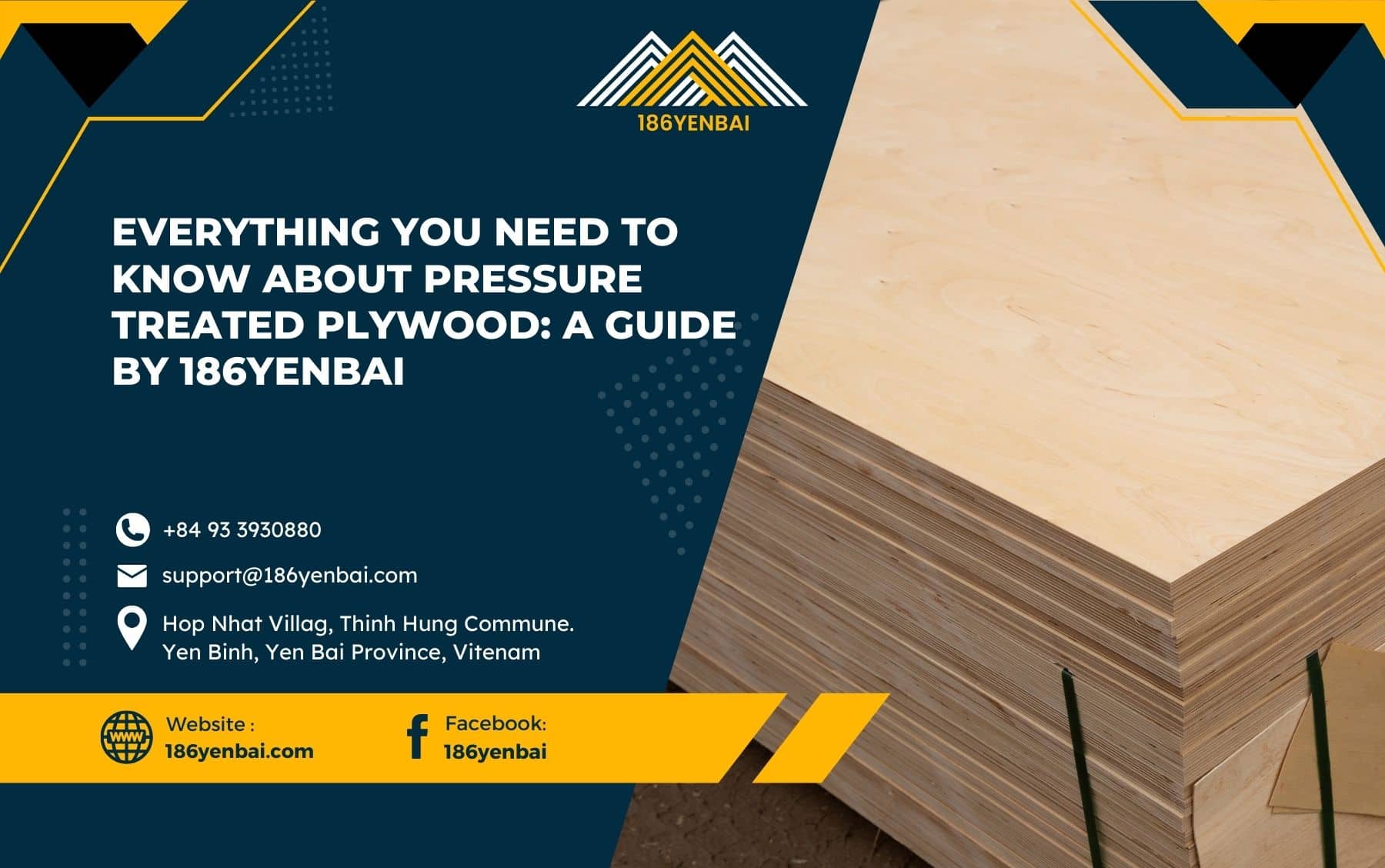When it comes to choosing materials for construction or home improvement projects, two of the most popular engineered woods are MDF (Medium-Density Fiberboard) and Plywood (MDF vs Plywood). Each has its distinct characteristics, advantages, and ideal applications. While they may appear similar at first glance, they serve different purposes based on their unique properties. This comprehensive guide will help you understand the differences between MDF and Plywood, as well as their pros and cons, so you can make an informed choice for your next project.
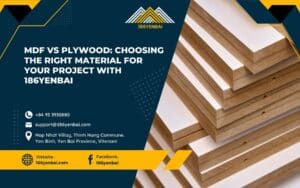
Table of Contents
ToggleWhat is MDF?
MDF, or Medium-Density Fiberboard, is made by breaking down hardwood or softwood residuals into wood fibers, which are then mixed with wax and resin and pressed under high heat and pressure to form dense, smooth panels. MDF is uniform in texture, lacks visible wood grain, and has a consistent, smooth surface.
This smoothness makes MDF a favorite for interior applications, such as furniture, cabinetry, and decorative projects. However, because it’s more susceptible to moisture damage, it is less suitable for exterior use. MDF is also available in a range of thicknesses, offering flexibility for different applications.
What is Plywood?
Plywood is an engineered wood made by gluing together thin sheets, or veneers, of wood in layers with alternating grain directions. This cross-grain structure gives plywood exceptional strength and stability, making it more resistant to warping and cracking than solid wood.
Plywood comes in various grades, from A (highest quality) to D (lowest quality), based on the number of knots, holes, and defects on the surface. It also varies in thickness and size, which influences its strength and weight-bearing capabilities. Plywood is versatile and is widely used in construction, cabinetry, furniture, and even outdoor applications, as certain grades are moisture-resistant.
Key Differences Between MDF and Plywood
To help you choose between MDF and Plywood, here’s a breakdown of their major differences:
| Feature | MDF | Plywood |
|---|---|---|
| Composition | Wood fibers, resin, and wax | Thin wood veneers |
| Strength | Less durable and rigid | Strong and highly resistant to warping |
| Density | Denser and heavier | Lighter and easier to handle |
| Surface Finish | Smooth and uniform | Visible wood grain |
| Moisture Resistance | Susceptible to swelling | More resistant (especially marine-grade) |
| Cost | Generally more affordable | More expensive (depends on grade) |
| Applications | Interior use, decorative projects | Construction, furniture, outdoor use |
| Eco-friendliness | Can emit formaldehyde | More eco-friendly options available |
Pros and Cons of MDF vs Plywood
Both MDF and Plywood offer unique advantages and disadvantages. Understanding these can help you make an informed decision.
Advantages of MDF
- Smooth Surface: Ideal for painting and laminating, making it popular for decorative projects.
- Affordable: Generally less expensive than plywood.
- Easy to Work With: Easier to cut into intricate shapes and designs, making it suitable for decorative applications.
Disadvantages of MDF
- Susceptible to Moisture: Swells and warps when exposed to water, making it unsuitable for outdoor use.
- Heavy: Its density makes it challenging to handle for larger projects.
- Weak Edge Support: Cannot hold screws as well, especially on the edges, which can crumble if not handled carefully.
Advantages of Plywood
- Strength and Durability: Can bear more weight and is ideal for structural applications.
- Moisture Resistance: Marine-grade and other moisture-resistant varieties make it suitable for outdoor use.
- Natural Wood Appearance: The visible wood grain makes it aesthetically pleasing and easy to stain.
Disadvantages of Plywood
- Higher Cost: Quality plywood is more expensive than MDF.
- Rougher Surface: Requires finishing on the edges, as the layers may splinter.
- Difficult to Cut: Cutting and shaping plywood without splintering requires specialized tools.
Applications of MDF vs Plywood
MDF and Plywood are both versatile materials, but they each shine in different types of projects.
Applications of MDF
MDF is ideal for indoor projects where moisture isn’t an issue and a smooth finish is desired:
- Furniture: Perfect for interior furniture like shelves and cabinets, especially in low-budget projects.
- Decorative Projects: Used in wall paneling, trims, and intricate designs due to its easy-to-carve nature.
- Interior Cabinets: The smooth finish is suitable for painting, making it ideal for cabinetry and shelves.
- Doors and Door Frames: MDF’s uniformity ensures a sleek look for doors and frames.
Applications of Plywood
Plywood is ideal for structural and load-bearing applications, as well as projects exposed to moisture:
- Construction: Used for flooring, walls, and roofing in home construction.
- Furniture: Suited for both indoor and outdoor furniture due to its durability and aesthetic appeal.
- Outdoor Applications: Marine plywood is specially treated to withstand moisture, making it suitable for docks and boats.
- DIY Projects: Lightweight and durable, making it a favorite for DIY projects.
Comparing Cost: MDF vs Plywood
When cost is a primary concern, MDF is generally the more budget-friendly option. Plywood, especially higher grades, is more expensive due to its natural wood veneers and durability. However, for projects that require a longer lifespan and structural integrity, investing in plywood may be more economical in the long run.
Durability and Strength Comparison
- Plywood is stronger and more rigid, making it ideal for weight-bearing and structural projects.
- MDF, though dense, is prone to sagging under weight and requires extra support for heavy applications.
Environmental Considerations: VOCs and Formaldehyde Emissions
Both MDF and Plywood can emit volatile organic compounds (VOCs) due to the adhesives used in their production. However, many manufacturers now offer formaldehyde-free plywood, which is more eco-friendly and better for indoor air quality. When choosing materials, especially for indoor projects, look for low-VOC options to reduce environmental impact and improve air quality.
MDF vs. Plywood: Which Should You Choose?
Ultimately, the choice between MDF and Plywood depends on the specific requirements of your project:
- Choose MDF if you need an affordable, smooth, and paint-friendly material for indoor use, such as cabinets, furniture, and decorative panels.
- Choose Plywood if durability, moisture resistance, and structural integrity are essential, such as for flooring, roofing, and outdoor projects.
For a project that requires precise cutting and shaping, MDF might be the better choice. For applications where weight-bearing and longevity are critical, such as in furniture frames and construction, plywood is typically superior.
Is MDF More Expensive than Plywood?
No, MDF is usually cheaper than Plywood. The production process and raw materials for MDF make it more affordable, making it a cost-effective option for many interior projects. However, the higher cost of Plywood reflects its durability, strength, and versatility, especially in outdoor or moisture-prone environments.
Frequently Asked Questions
Is MDF or Plywood Better for Shelves?
Plywood is generally better for shelving that needs to hold heavy items, as it has greater strength and is less likely to sag. MDF can be used for lightweight shelving but may require reinforcement for heavier loads.
Can MDF Replace Plywood?
In certain applications, MDF can replace Plywood, particularly in decorative projects where strength and moisture resistance are not priorities. However, Plywood remains the preferred choice for projects that require structural support.
Is MDF Sustainable?
MDF can be considered more sustainable due to its use of recycled wood fibers. However, it may not be as durable as Plywood, which could mean replacement over time. 186Yenbai offers environmentally responsible Plywood options for those concerned about sustainability.
Why Choose 186Yenbai for Your MDF and Plywood Needs?
186Yenbai is committed to providing high-quality MDF and Plywood materials that meet a wide range of project requirements:
- Superior Quality: 186Yenbai’s MDF and Plywood products undergo strict quality control.
- Sustainability: 186Yenbai prioritizes eco-friendly production methods.
- Competitive Pricing: Offers premium materials at competitive rates.
- Expert Support: Our team provides guidance to ensure you select the right material for your project.
Conclusion
Both MDF and Plywood have unique characteristics that make them suitable for different projects. While MDF is ideal for decorative, non-structural indoor applications, Plywood excels in durability, strength, and moisture resistance, making it suitable for both interior and exterior uses. By understanding the differences and consulting with experts, you can choose the right material to achieve optimal results for your project. 186Yenbai stands ready to supply high-quality MDF and Plywood for all your needs, ensuring durability, aesthetics, and sustainability in every application.
For more information or inquiries about our high-quality plywood products, contact us at 186yenbai today to discuss how we can support your next construction or renovation project. Plywood Supplier
Phone: +84 93 3930880
Email: [email protected]
Facebook: https://www.facebook.com
Address: Hop Nhat Village, Thinh Hung Commune, Yen Binh, Yen Bai Province, Vietnam
Check out our other articles below:
Why High-Quality Plywood is the Ultimate Choice for Global Markets
High-Quality Plywood vs. Low-Quality Plywood: What’s the Difference?
5 Reasons Why High-Quality Plywood is the Best Choice for Home Renovations

